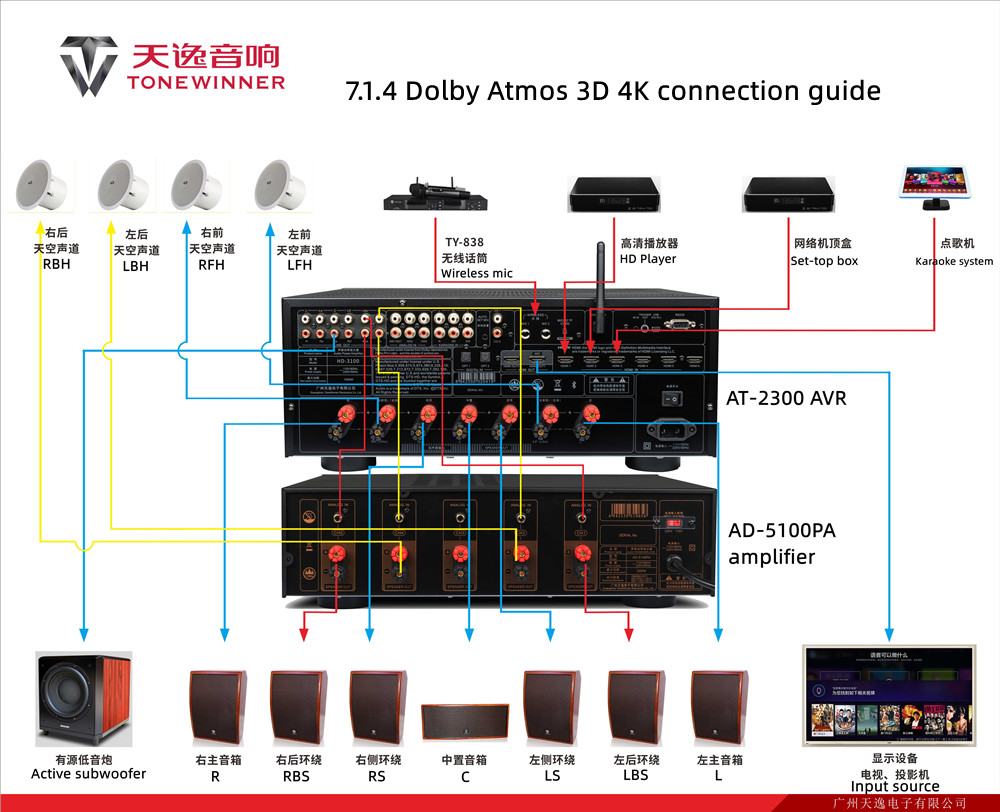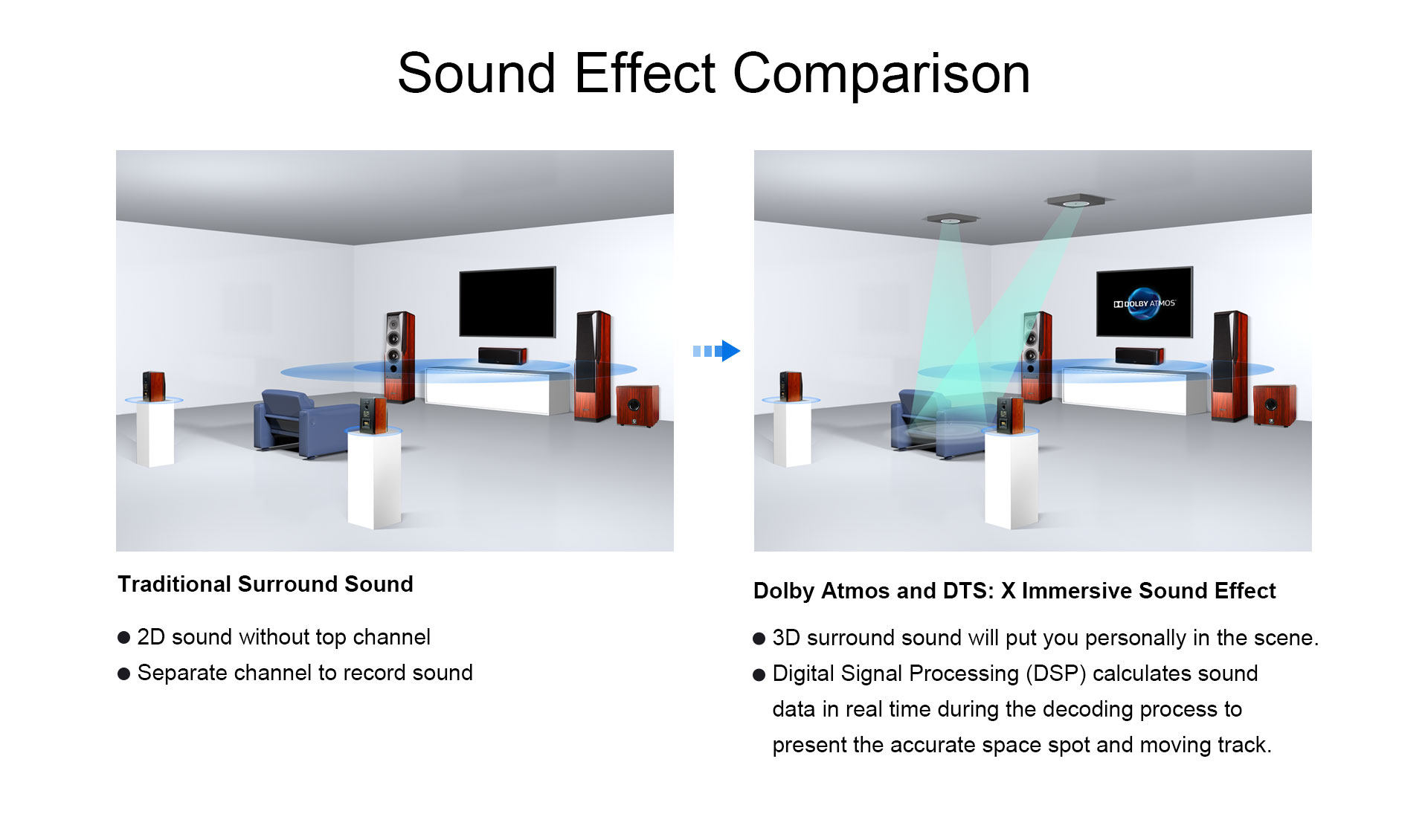How to match a power amplifier with a preamplifier?
Apr 10 , 2023
How to match a power amplifier with a preamplifier?
- Matching a audio power amplifier with a preamplifier is an important step in building a high-quality audio system. A preamplifier is a device that amplifies a low-level audio signal from a source component such as a CD player, turntable, or streaming device to a level that can be processed by a power amplifier. A power amplifier, on the other hand, takes this amplified signal from the preamplifier and boosts it to a level that can drive loudspeakers. In order to achieve the best sound quality, it is essential to match the preamplifier and power speaker amplifier carefully.

- The first step in matching a power amplifier with a preamplifier is to consider the specifications of each device. The most important specifications to consider are the input and output voltage, input and output impedance, and gain. The input voltage is the maximum voltage that the preamplifier can handle, while the output voltage is the maximum voltage that the power amplifier can handle. If the input voltage of the power amplifier is greater than the output voltage of the preamplifier, the amplifier will not be able to reach its full potential, and the sound quality may suffer. Conversely, if the output voltage of the preamplifier is too high for the power amplifier, it may cause distortion and damage the speakers.
- The input and output impedance of the preamplifier and power amplifier should also be matched. Impedance is the measure of the resistance of a circuit to the flow of electrical current. The input impedance of the power amplifier should be higher than the output impedance of the preamplifier. If the input impedance of the power amplifier is too low, it may cause the preamplifier to work harder to deliver the required voltage, which may lead to distortion and a decrease in sound quality.
- The gain of the preamplifier and power amplifier is another important factor to consider. The gain is the amount of amplification provided by the preamplifier and power amplifier. If the preamplifier has a high gain, it may overload the power amplifier, leading to distortion and damage to the speakers. On the other hand, if the preamplifier has a low gain, it may not provide enough amplification to drive the power amplifier to its full potential. Therefore, it is important to match the gain of the preamplifier and power amplifier carefully.
- Once you have determined the specifications of the preamplifier and power amplifier, the next step is to connect them properly. The preamplifier should be connected to the power amplifier using high-quality audio cables that are designed to minimize interference and signal loss. It is important to ensure that the cables are properly shielded and that they are not too long, as this may cause signal degradation.
- When connecting the preamplifier to the power amplifier, it is important to use the correct input and output jacks. The input jacks on the power amplifier should match the output jacks on the preamplifier. It is also important to ensure that the cables are plugged in securely to avoid any signal loss or interference.
- Once the preamplifier and power amplifier are properly connected, it is important to set the volume levels properly. The volume level of the preamplifier should be set to a level that provides a strong, clear signal without causing distortion. The volume level of the power amplifier should be set to a level that provides enough power to the speakers without causing them to distort or damage them.
- In conclusion, matching a power amplifier with a preamplifier is an essential step in building a high-quality audio system. It is important to consider the specifications of each device carefully, including input and output voltage, impedance, and gain. Once the devices are properly matched, they should be connected using high-quality audio cables, and the volume levels should be set properly to avoid distortion and damage to the speakers. Additionally, it is important to consider the overall sound quality of the system and to make adjustments as needed to achieve the best possible sound.
- There are also some additional tips that can help to optimize the performance of a preamplifier and power amplifier system. For example, it is important to use high-quality components and cables throughout the system to minimize interference and signal loss. It may also be helpful to place the preamplifier and power amplifier on separate shelves or surfaces to minimize vibration and interference.

- It is also important to consider the overall design and layout of the audio system. For example, it may be helpful to position the speakers and other components in a way that minimizes interference and maximizes sound quality. Additionally, it may be helpful to choose components that are designed to work together, such as a preamplifier and power amplifier from the same manufacturer or series.
- Ultimately, matching a power amplifier with a preamplifier requires careful consideration of a range of factors, including specifications, connections, and overall system design. By taking the time to carefully match and connect these components, and by making adjustments as needed to optimize sound quality, it is possible to build a high-quality audio system that delivers outstanding performance and fidelity.

